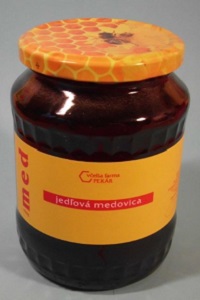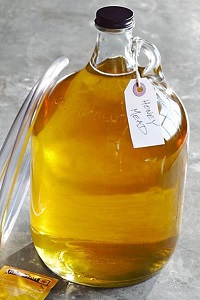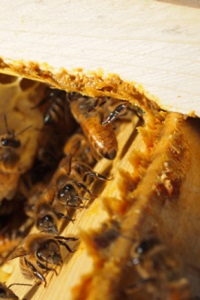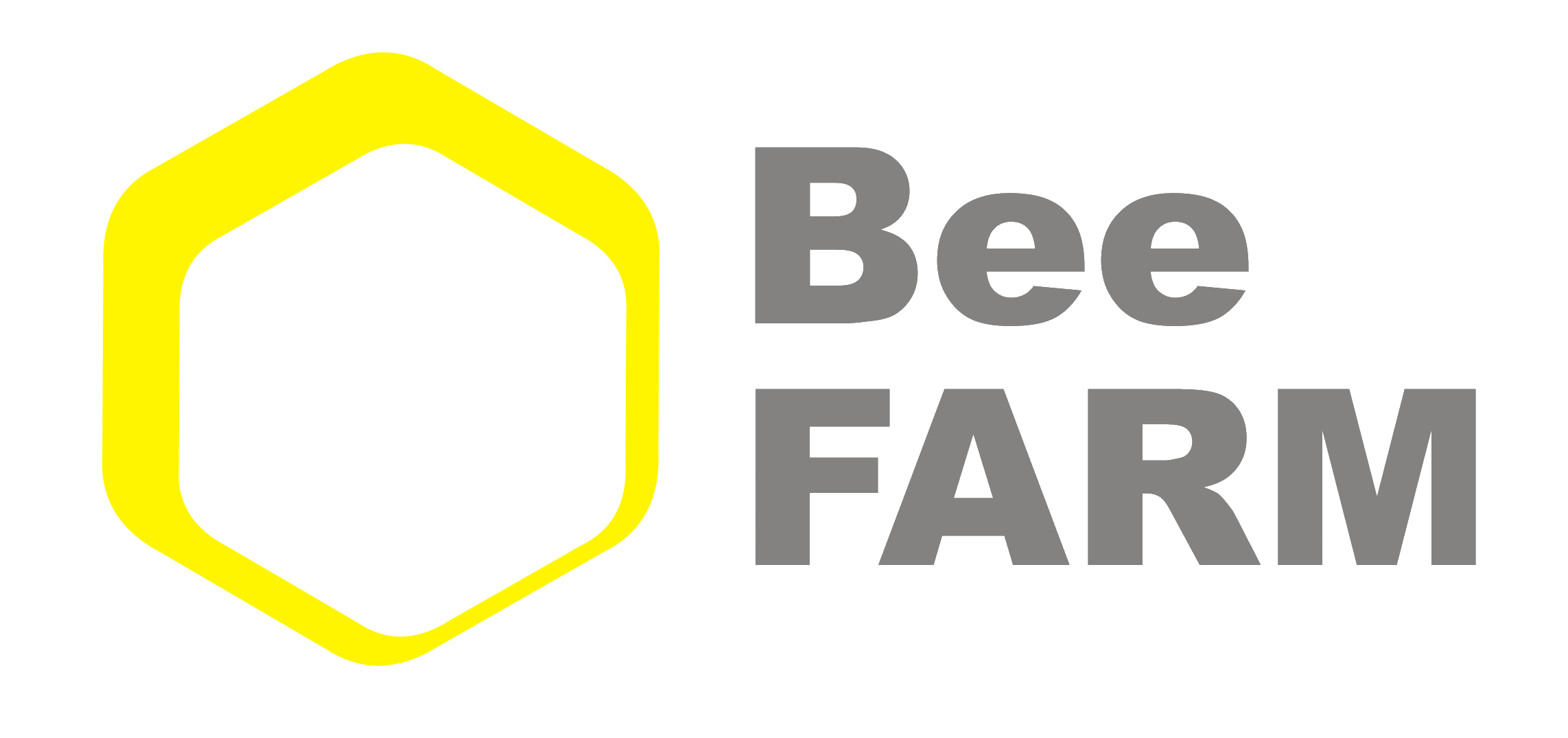
FIR HONEYDEW
This honey is produced from the sap of Fir trees, the process begins when aphids (Ciran Pectinatae) living in on those trees, eat the sap and excrete a sweet secretion. Bees collect this byproduct and transform it into honey with healing properties. The honeydew has a unique aroma, dark color and delicious sweet and almost spicy taste. It contains minimal amount of pollen and it is great for people suffering with allergies.

FOREST HONEY
Forest honey has a specific delicious taste and smell. It is generally darker in color, which is caused by vegetable dyes contained in the wood sap. The smell of honey also varies depending on whether bees are collecting nectar from raspberries, blackberries or trees. This factor also influences the taste of the honey. Compared to blossom honey it contains more fructose, dextrin and flavonoids.

BLOSSOM HONEY
Blossom honey comes from wild flowers and leafy trees blooming in the spring months. Due to the location of our farm at the foothill area, this honey consists of the nectars of mountain herbs, flowers and trees. It is easily digestible thanks to the simple sugars; it contains pollen grains of various plants that enrich the honey with important natural substances with invigorating effects.

ROYAL JELLY
Royal jelly is a pure bee product with a characteristic smell and sour-spicy taste. It contains a balanced complex of substances with beneficial effects on the human organism. Royal jelly contains minerals (especially calcium, magnesium, iron, potassium, copper, and aluminum), lipids, sugars (including glucose and fructose), purines and pyrimidines, amino acids, proteins, hormones and vitamins. Royal Jelly is also good food supplement for women in menopause to strengthen their immune system.

MEAD - Honey wine
Mead is a fermented alcoholic beverage made from honey. It is a natural drink with delicious sweet taste and fine honey bouquet. It is made from honey, water and yeast. Its flavors are not enhanced with herbs, spices, juice or syrup. Mead is produced by a traditional technology and contains 12-14% alcohol by volume and is great as a dessert wine.

PROPOLIS
Propolis is a resin-based composite, collected by bees from the buds of trees and other plant sources. Depending on its composition, it can have a variety of colors, from green to red-brown. But the dark brown color is the most common. At room temperature or higher Propolis is sticky, at cold temperature conditions Propolis harden and it is flaky. Typical Propolis has about 50 ingredients, from which 50% constitute resins and vegetable balsams, 30% wax, 10% essential oils and 5% pollen. Propolis supports the immune system and, depending on its composition it has strong antibiotic, antifungal and antibacterial properties.


